In 1888, landless crofters at Aignish demanded a tenant farmer vacate so they could divide his land up for crofts. The Riot Act was partially translated into Gaelic and 11 men were arrested. The marines, police, and the Royal Scots were sent to quell the riot.
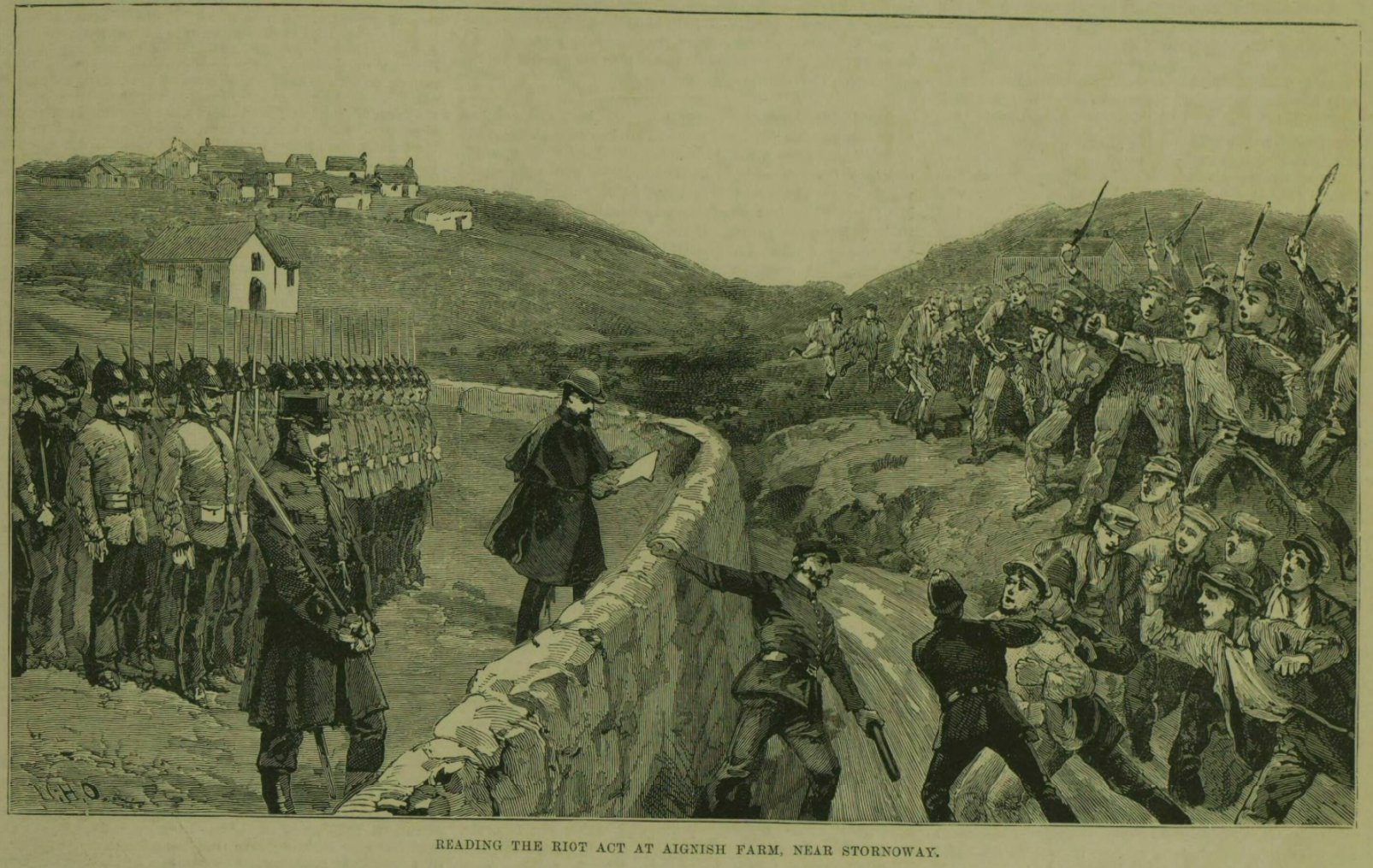
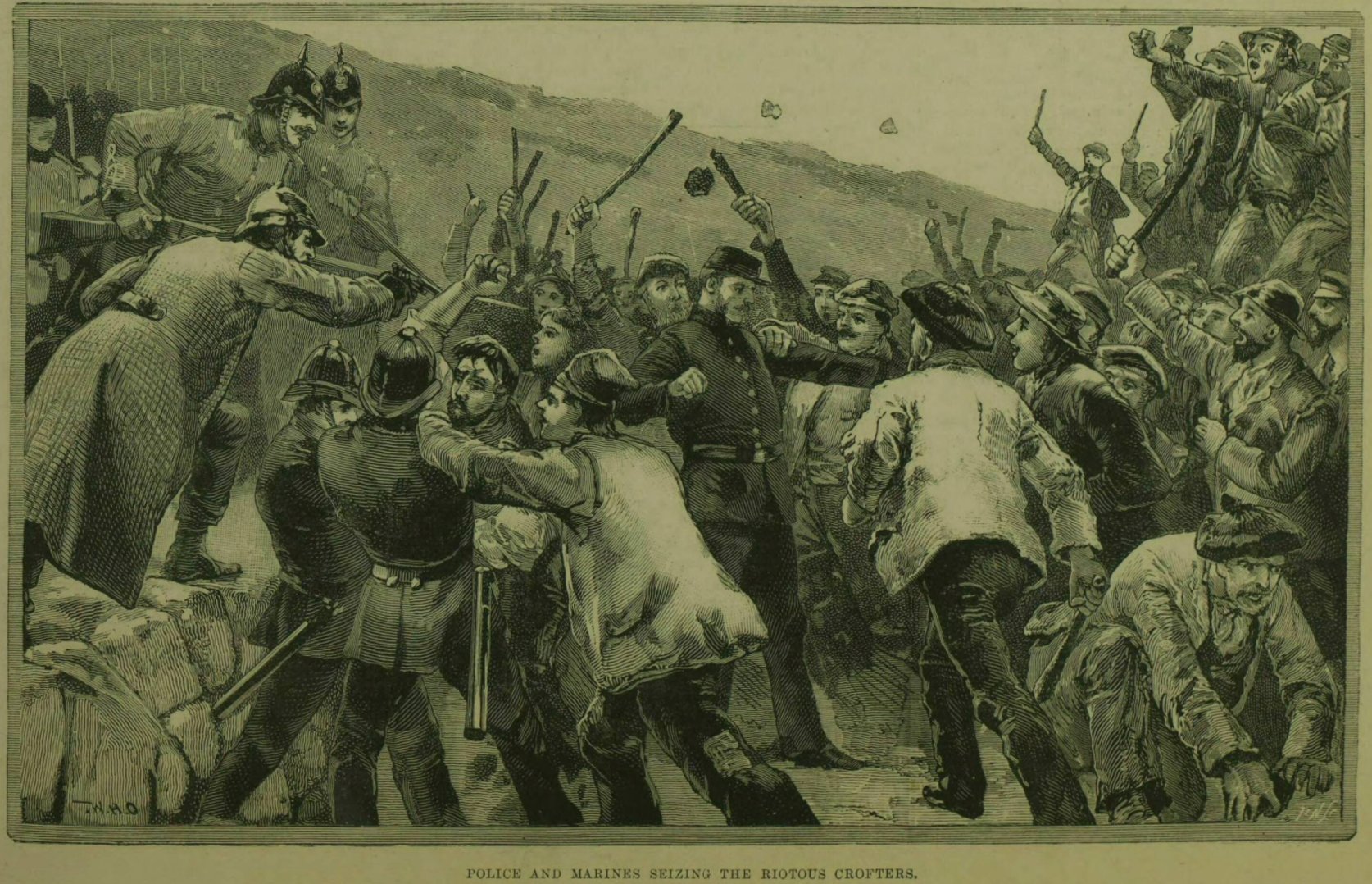
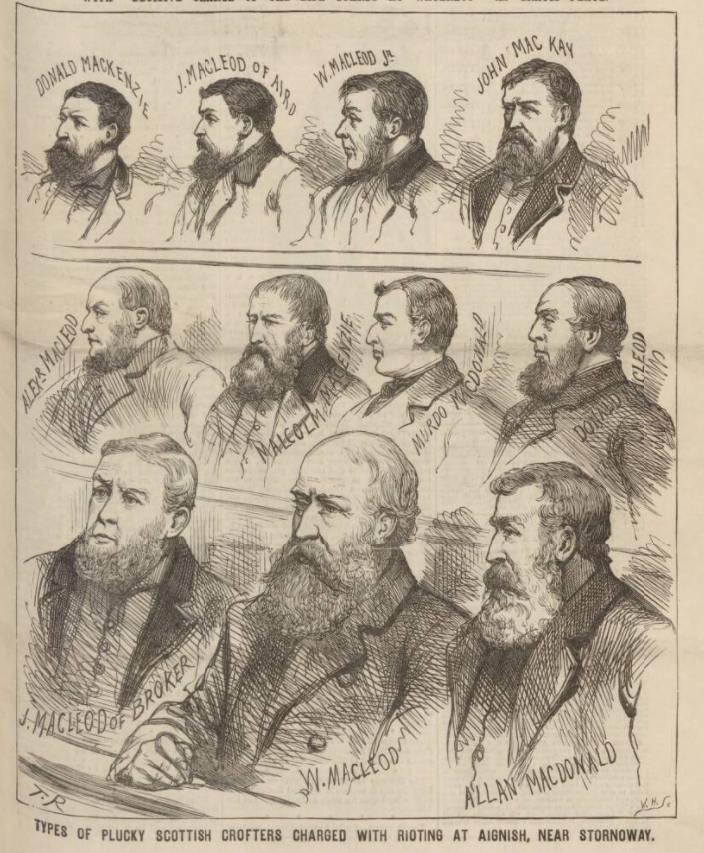
It really was fixed-bayonets vs. cas chroms. The arrested men all got sentences of about a year. Aignish Farm wasn’t broken up into crofts until 1905. A memorial statue now stands at the site of the riot.
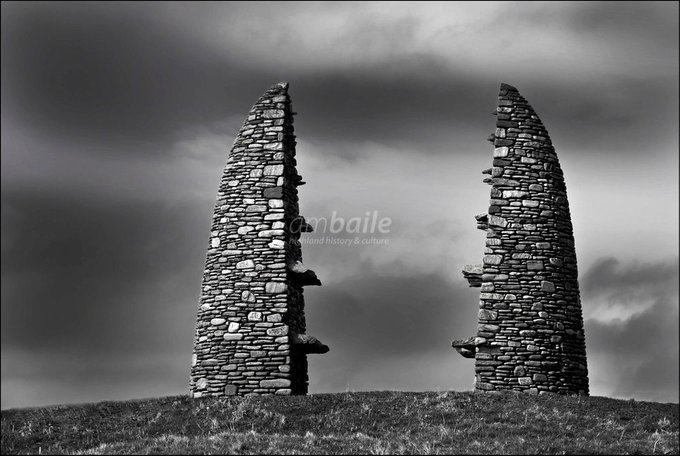
It would seem that many of the London papers were on the side of the crofters, judging from the positive language used to discuss the riot. For context, the Illustrated London News published these sketches of Lewis:
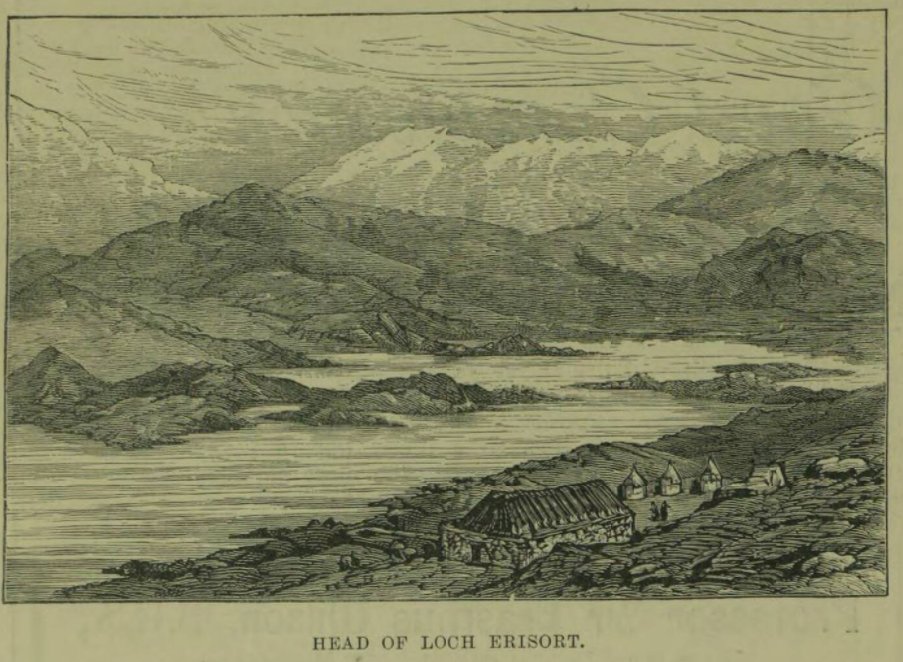
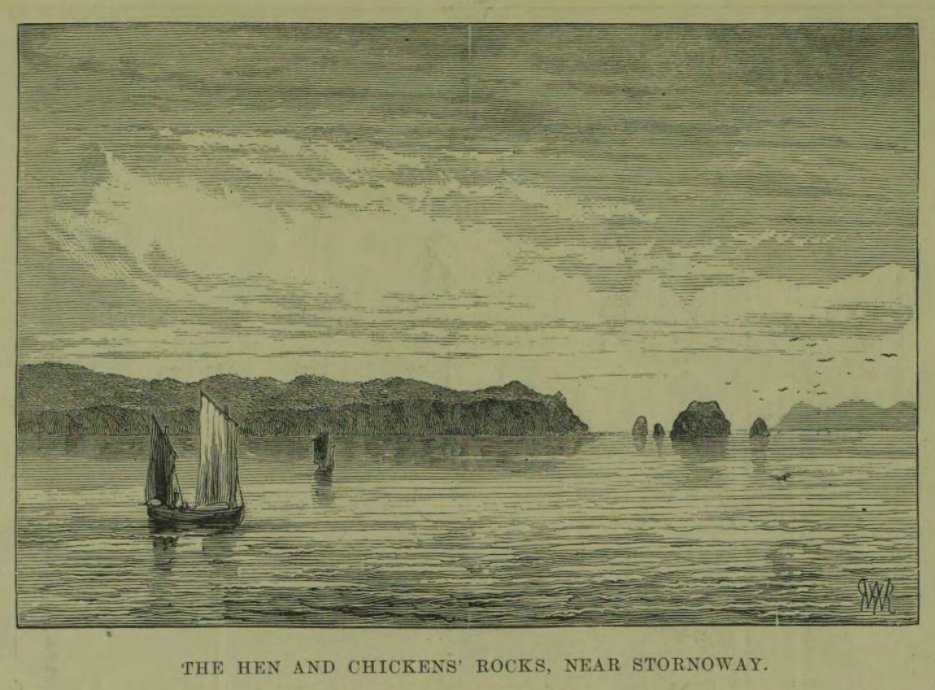
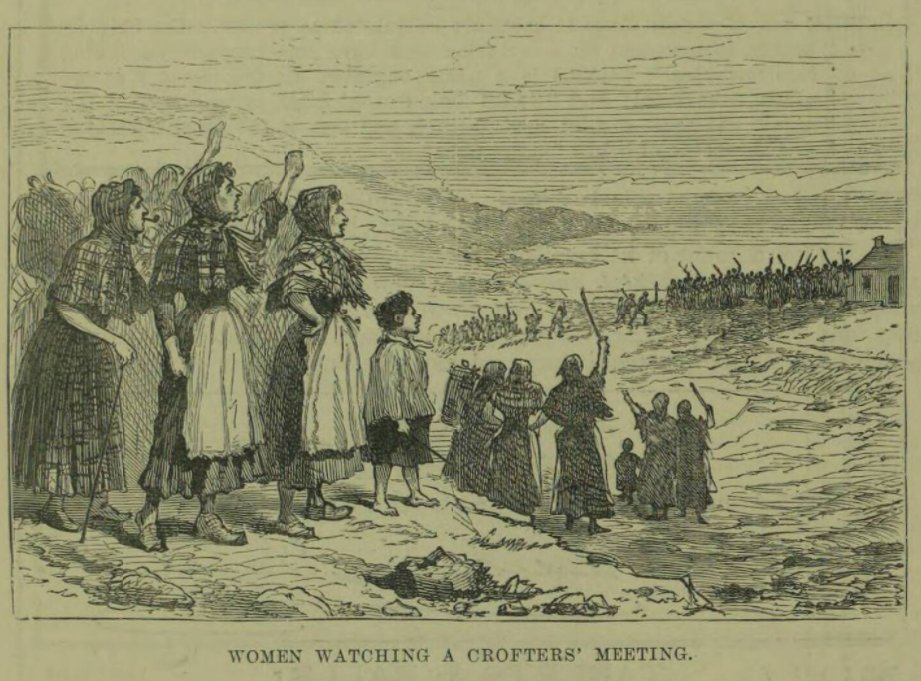
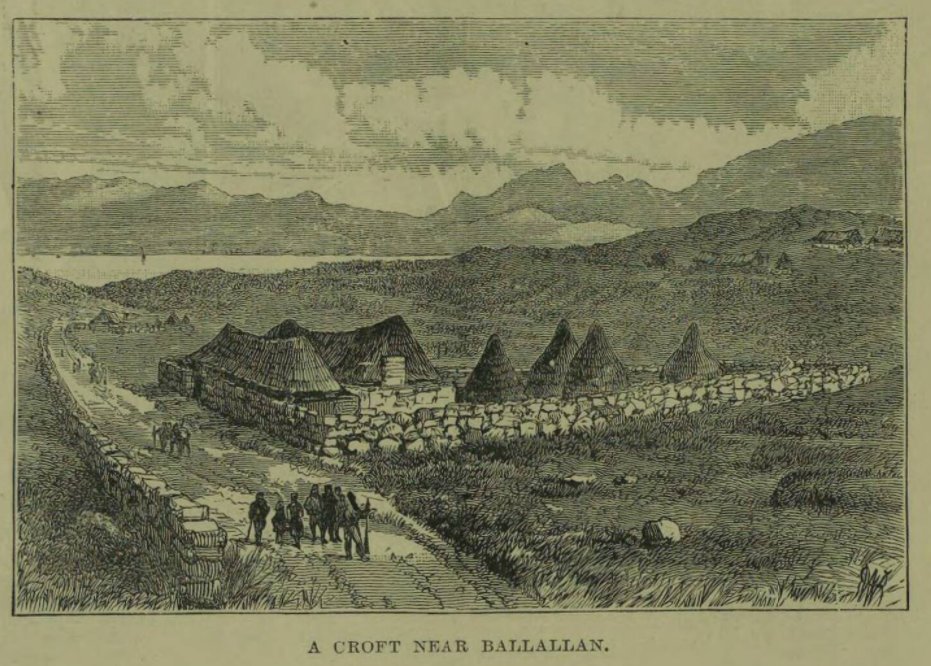
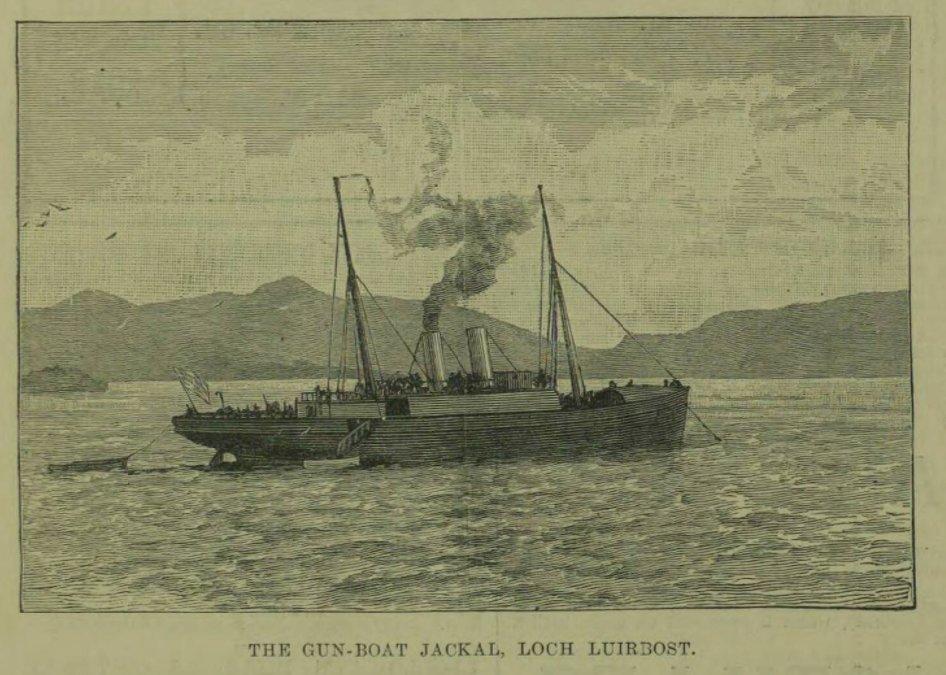
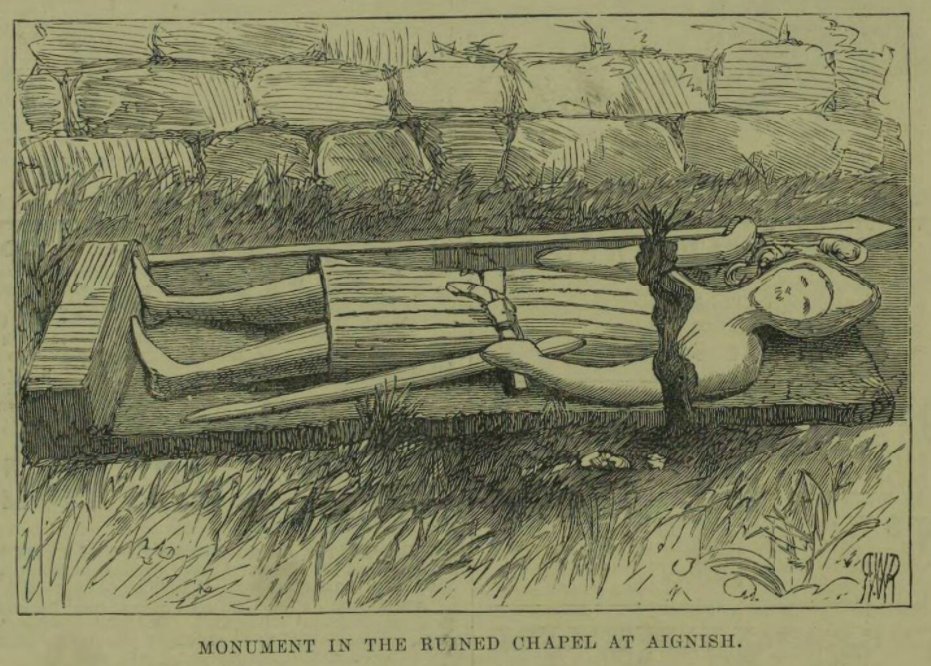
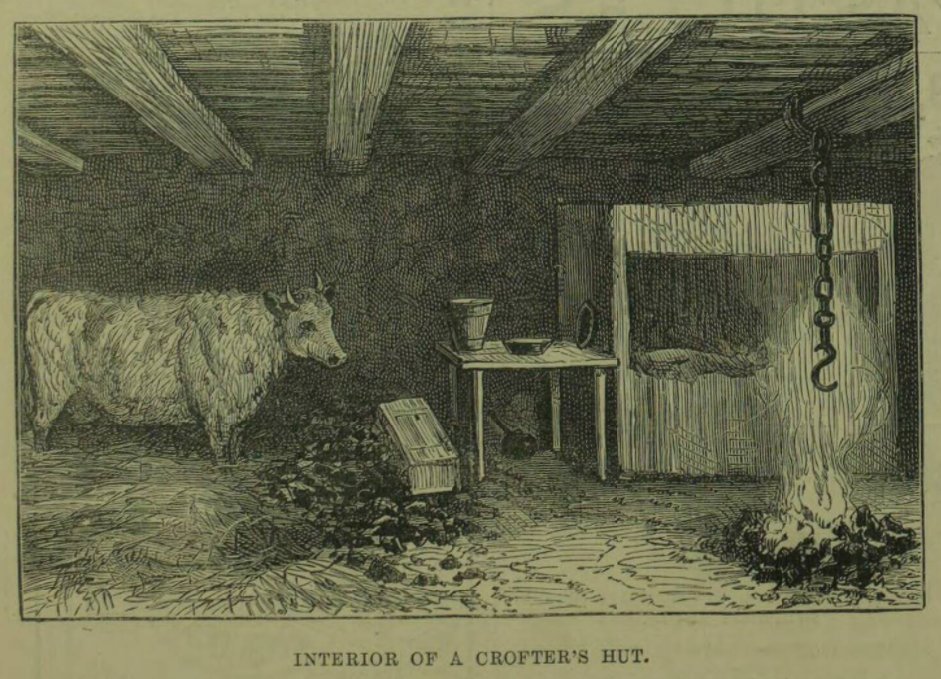
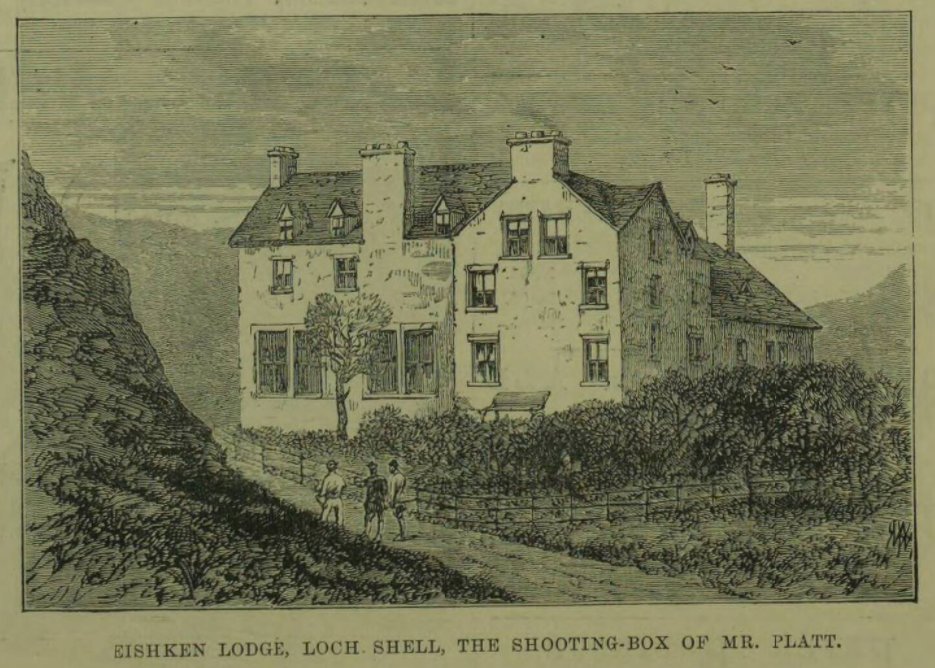
References
Aignish Memorial. Am Baile https://www.ambaile.org.uk/detail/en/21987/1/EN21987-aignish-memorial-isle-of-lewis.htm
Illustrated London News. 21st January 1888, pg. 1.
Illustrated London News, 28th January 1888, pg. 13
Penny Illustrated Paper. 4th February 1888, pg. 1.

